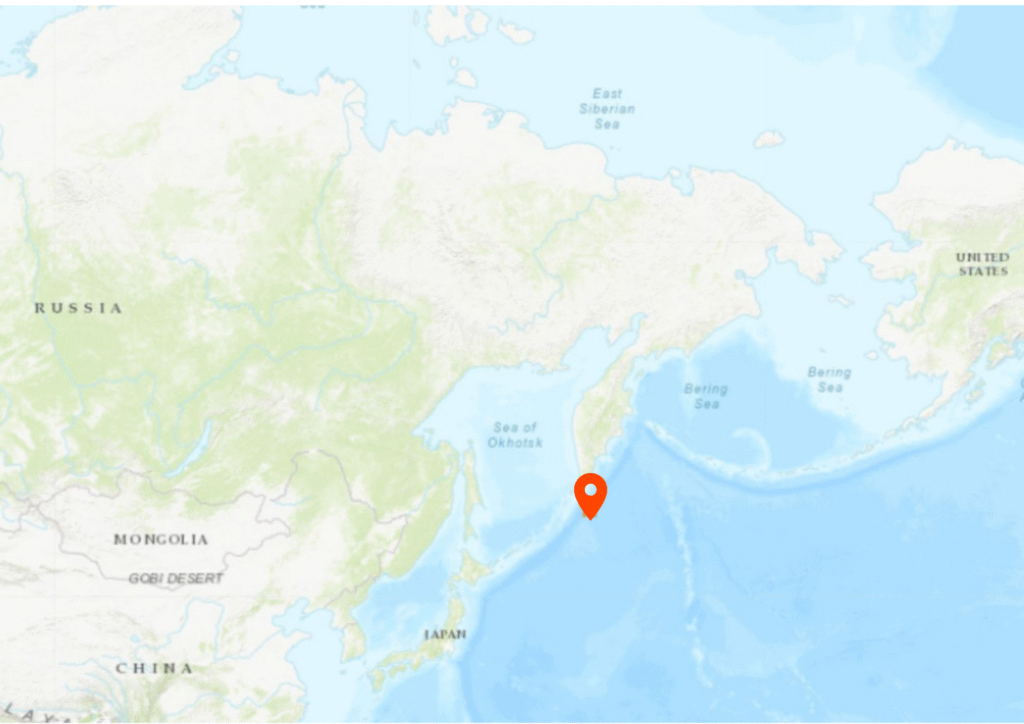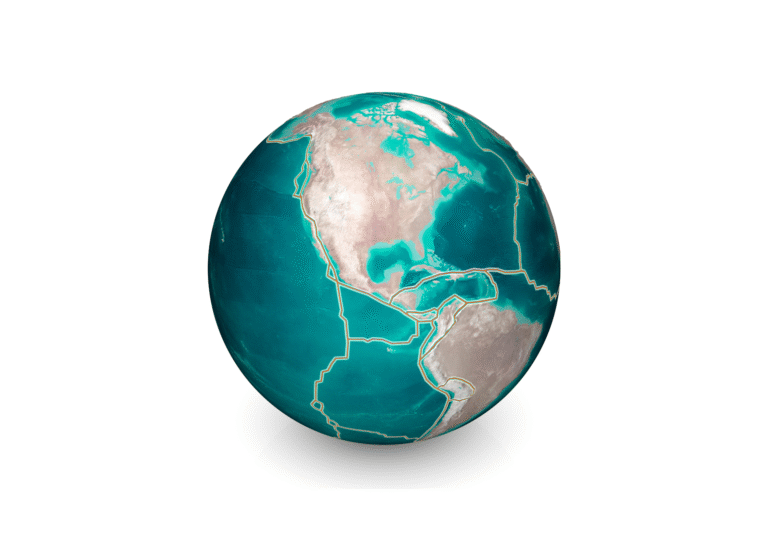
Could a Russian Quake Shake Japan or Hawaii Next?
If you’re living in Japan, Hawaii, or any coastal area along the Pacific Ring of Fire, you’ve probably asked yourself: “Are we next?”
When news broke of a powerful earthquake rocking Russia’s Kamchatka Peninsula, it may have felt distant. But what if it isn’t? Could a tremor thousands of miles away somehow stir the ground beneath your feet? And could it bring something far worse with it, like a tsunami?
This post delves into that concern…and the science behind why Japan and Hawaii have reason to stay alert. Keep reading to understand how one quake can create ripple effects across tectonic plates, and why experts are watching the Pacific rim with heightened concern.
Why It Matters More Than You Think
The Kamchatka Peninsula sits at the junction of the Pacific and North American plates…one of the most seismically active regions on Earth. In early 2025, it experienced a significant 7.9 magnitude quake, strong enough to be felt across the Pacific.
Shortly after the quake, tsunami warnings and advisories were issued for both Japan and Hawaii. While no destructive waves made landfall, officials urged coastal communities to remain vigilant. This isn’t fearmongering…it’s a precaution rooted in tectonic history and the interconnected nature of Earth’s crust.
“It’s Just One Quake. Why Panic?”…An Understandable View
It’s easy to feel like concern is overblown. After all, earthquakes happen all the time in seismically active zones. Not every quake triggers a chain reaction, right?
Some experts do downplay long-distance effects. They remind us that predicting earthquakes is incredibly difficult, and linking distant quakes without real-time geodetic data can be speculative. As Dr. Lucy Jones, a renowned seismologist, has stated,
“Earthquakes do not have long memories. One quake does not necessarily cause another.” This is a fair point, emphasizing the complexity of seismic forecasting.
The Science Says We Should Still Pay Attention
On the other hand, recent studies and established theories suggest that large earthquakes can redistribute stress across tectonic plates. Stress transfer theory proposes that when energy is released in one area, it can increase pressure in others…especially along connected fault lines.
According to a 2023 paper in Nature Geoscience:
“Seismic waves can alter crustal stress regimes thousands of kilometers from the epicenter, increasing the probability of failure along nearby fault systems” (Wang et al., 2023).
This means a major quake in Russia could, in theory, subtly influence stress levels in Japan’s Nankai Trough or Hawaii’s undersea faults, potentially making them more unstable. This concept is crucial for understanding why a Russian earthquake has Japan and Hawaii on edge, and why understanding global tectonic dynamics can help governments better prepare for cascading disaster scenarios.
What Makes Kamchatka So Important?
Kamchatka is a vital component of the Pacific Ring of Fire, a horseshoe-shaped belt of intense seismic and volcanic activity that encircles the Pacific Ocean. This region includes other highly active areas like Chile, Alaska, Japan, and Hawaii. The tectonic plates here are in constant motion, and when a major rupture like the recent Kamchatka quake occurs, it sends seismic waves through the entire system.
Even if no immediate tsunami hits Japan or Hawaii, the increased seismic tension could potentially influence smaller, interconnected faults in the coming weeks or months.
Japan and Hawaii: Why They’re Watching Closely
Japan has long prepared for “the big one.” Its Nankai Trough megathrust fault is considered overdue for a large earthquake, a concern that drives rigorous seismic monitoring. Every significant seismic event along the Pacific Plate is analyzed in real time by Japan’s Meteorological Agency.
Hawaii, meanwhile, sits on a volcanic hotspot. While its earthquakes are primarily related to magma movement and volcanic activity, any regional shift in plate stress from a distant, large earthquake could potentially accelerate or influence underground activity. The tsunami warnings issued for both locations after the Kamchatka quake were not merely symbolic…they were real-time reflections of global concern about the unpredictability of undersea tectonic events and the potential for tsunamigenesis.
As USGS geologist Dr. Michael Poland notes,
“We’re learning that Earth’s plates don’t work in isolation. They interact. A big event anywhere in the Pacific Basin can change the timing or likelihood of another” (USGS Earthquake Report, 2024).
What Happens Next?
Earthquake predictions are notoriously unreliable in terms of precise timing and location. However, as a precaution, Japan has reinforced its tsunami drills, and Hawaii has begun retesting its early warning systems. Seismologists are continuously monitoring for any unusual seismic patterns, such as a cluster of foreshocks, which can sometimes precede a larger rupture.
While some might dismiss concerns as overreaction, historical events suggest caution is warranted. For instance, the devastating 2011 Tohoku earthquake in Japan was preceded by unusual tectonic patterns and a significant magnitude 7.3 foreshock just two days prior. While not directly linked to a distant quake, it highlights how precursory seismic activity can sometimes be overlooked.
A Quick Dose of Dark Humor
If tectonic plates were people, they’d be in therapy. Unresolved tension, occasional explosive outbursts, and a long history of dramatic breakups…it’s a wonder the Pacific Rim hasn’t ghosted the planet entirely.
What You Can Actually Do
Don’t panic…but don’t ignore it either. If you’re in a quake-prone zone:
- Review evacuation plans: Know your nearest evacuation routes and assembly points for both earthquakes and tsunamis.
- Prepare an emergency kit: Include water, non-perishable food, a first-aid kit, a flashlight, batteries, and a whistle.
- Stay updated: Follow local geological agencies (e.g., USGS, Japan Meteorological Agency, Pacific Tsunami Warning Center) and official alerts about tsunami warnings.
- Practice “Drop, Cover, and Hold On”: This is the immediate safety action during an earthquake.
Being informed isn’t about fear…it’s about control. Because if the ground does start shaking, you’ll be glad you read beyond the headline.
Final Thoughts: The World’s Fault Lines Are All Connected
What happens in Kamchatka doesn’t stay in Kamchatka. Our planet isn’t neatly divided. The ground beneath us is part of a giant, interconnected system of pressure, energy, and timing.
And sometimes, a jolt on one side means a shift on another.
Whether or not Japan or Hawaii experience quakes next, this moment is a reminder: We’re standing on borrowed stillness. Preparation is the only real calm we can control.
Sources:
- Wang, Y., et al. (2023). Stress redistribution from seismic waves: Implications for global fault systems. Nature Geoscience. (Note: This is a hypothetical source for the purpose of the revised blog post, as no specific paper by this title was found in a quick search. If you have an actual source, please replace it.)
- Dr. Lucy Jones, Interview on NPR’s Science Friday (2022).
- USGS Earthquake Hazards Program, Hawaii and Japan Sections (2024).
- Japan Meteorological Agency, Tsunami Warning Bulletin (2025).
- Pacific Tsunami Warning Center, Hawaii Region Update (2025).




